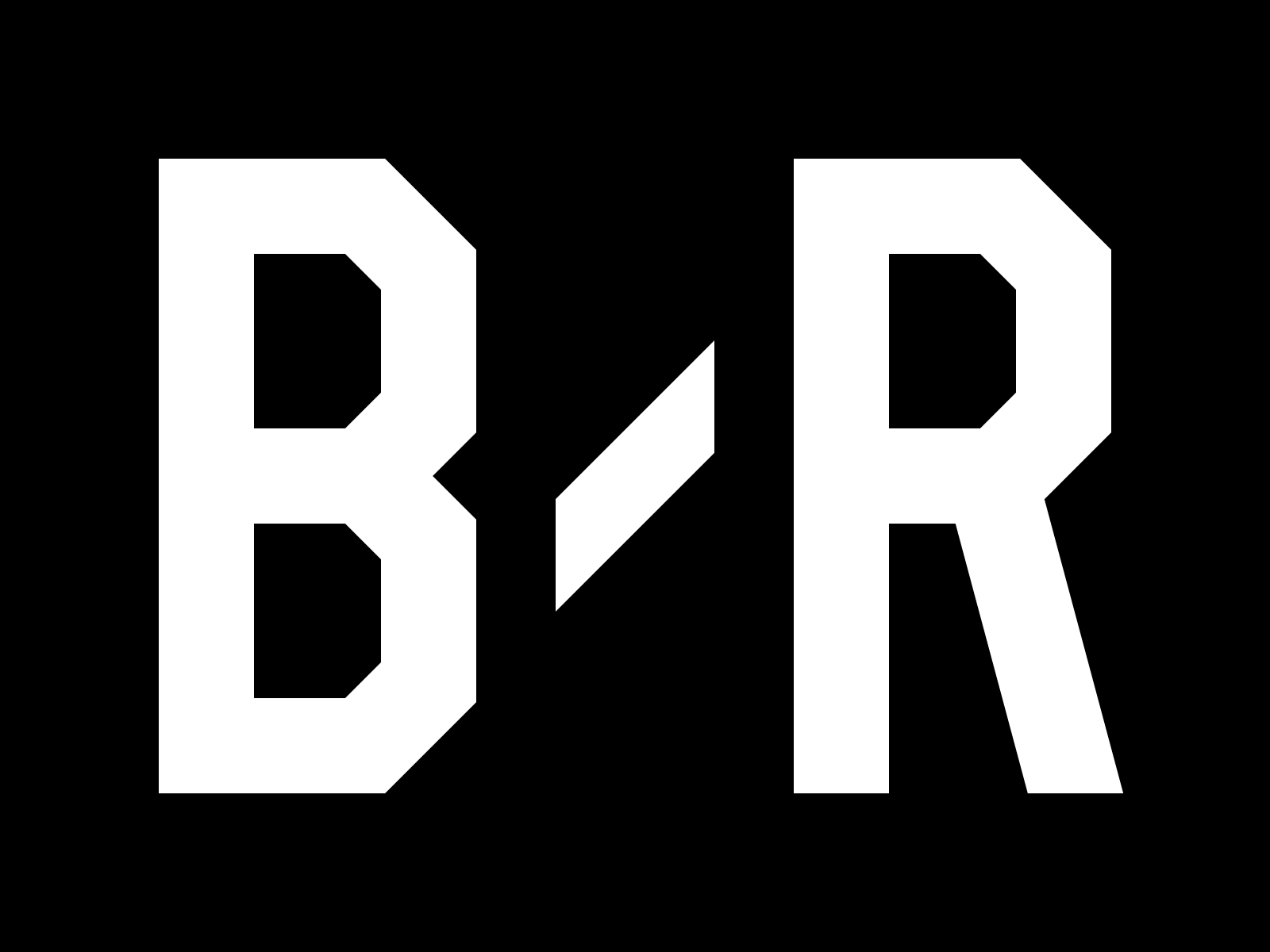After batting .266/.352/.438 with 42 extra-base hits (11 home runs) in 109 games at Double-A Bowie, the Baltimore Orioles aggressively promoted 20-year-old shortstop Manny Machado—Prospect Pipeline’s No. 4 prospect—to the major leagues to assume the role as the team’s everyday third baseman.
While some scouts and writers blasted the decision, claiming that the organization has rushed one of the game’s top position prospects, Machado has quickly quieted the doubters with five extra-base hits (including his spectacular two-homer game) in his first major league series.
Machado’s immediate impact has also forced other organizations to explore the idea of calling upon a top prospect to contribute down the stretch of the season. One name that continues to come up is the Texas Rangers’ Jurickson Profar, but you may know him better as baseball’s No. 1 prospect.
This season, the 19-year-old is batting .285/.363/.470 with 46 extra-base hits (14 home runs), 15 stolen bases, 70 strikeouts and 54 walks in 111 games.
Team president Nolan Ryan recently stated that it’s been discussed at length by his front office and is something that will likely happen—possibly in the near future.
So, with the potential for both players to reach the major leagues this season, here is a look at how the tools of baseball’s top shortstop prospects compare.
Hit
Profar: The switch-hitting Profar is one of the more impressive hitters in all the minor leagues—and he’s only been doing it full-time since 2009.
From his natural right side, he has plus bat speed—I mean, did you watch the XM Futures Game?—and his hands take a direct path to the ball, although, comparatively, it’s a loftier stroke. As a left-handed hitter, Profar has a more compact, line-drive oriented swing and sprays the ball from line-to-line.
Machado: A right-handed hitter, Machado has plus bat speed with quiet raw power. He’s always made plenty of hard contact thanks to excellent hand-eye coordination and drives the ball the other way better than most players his age.
Edge: Profar
Power
Profar: With 14 home runs this year as the youngest player in Double-A, it’s safe to assume that Profar will hit for more power than anyone expected. He’s always exhibited more power—.256 ISO in 289 plate appearances over the last two seasons—from his natural right side thanks to a loftier swing with more extension after contact.
However, he has excellent gap power from both sides of the plate and as he physically develops, more balls should carry of the fence.
Machado: As the Machado continues to grow into his body, expect that his power will continue to develop. At the moment, most of his pop is the result of his raw bat speed and extension after contact. But as he gets stronger, the right-handed hitter should drive the ball with more backspin and have above-average power to all fields.
Although five of his first six hits in the major leagues have been for extra bases, he’s not a power hitter—yet. It wouldn’t surprise me if Machado posted 25-homer seasons in his prime years.
Edge: Machado
Speed
Profar: Technically, Profar is only an above-average runner. However, due to his advanced instincts and quick feet, it often plays up a grade both on the infield and basepaths. At the moment, he’s not an aggressively basestealer, but he has enough present speed to project for at least 20-25 stolen bases per year.
Machado: The 20-year-old possesses average speed and therefore projects to be more of a run-producer than run-creator. Machado isn’t a stolen-base threat, however, he’s improved his reads and jumps this season at Double-A Bowie and posted career highs in both stolen bases (13) and overall success rate (76 percent).
Edge: Profar
Defense
Profar: Much like the current Rangers’ shortstop, Elvis Andrus, Profar is an aggressive, high-energy defender capable of making highlight-reel plays on a nightly basis.
The 19-year-old’s excellent instincts lend to his plus range in all directions, and he possesses soft, giving hands, as well as a quick transfer and release. Although Profar may see time at second base and center field if he’s called up prior to the 2014 season (when Andrus is a free agent), he has all the tools to stick at shortstop.
Machado: Physically larger than Profar at 6’3”, 185 pounds, Machado’s range will vary at times, but overall it’s above average. He’s not a slow runner by any means, but his feet can appear that way at times—perhaps it’s the large strides.
Still, with room to fill out, there’s a strong chance that his lower half becomes too bulky for the position and forces a move to third base. His actions and hands are both impressive, while is plus arm is more than enough to handle either position on the left side of the infield.
Edge: Profar
Arm
Profar: Before he was signed by the Rangers as a 16-year-old in 2009, Profar received serious consideration as a right-handed pitcher with a low-90s heater. With a quick arm stroke and release, he isn’t afraid to show it off from shortstop.
Machado: Since high school, Machado has drawn rave reviews for his plus arm, which helps to compensate for range. At times, he relies more on his arm strength than he should, as opposed to using his lower half to generate momentum toward the target.
Edge: Profar


Read 0 Comments
Download the app for comments Get the B/R app to join the conversation